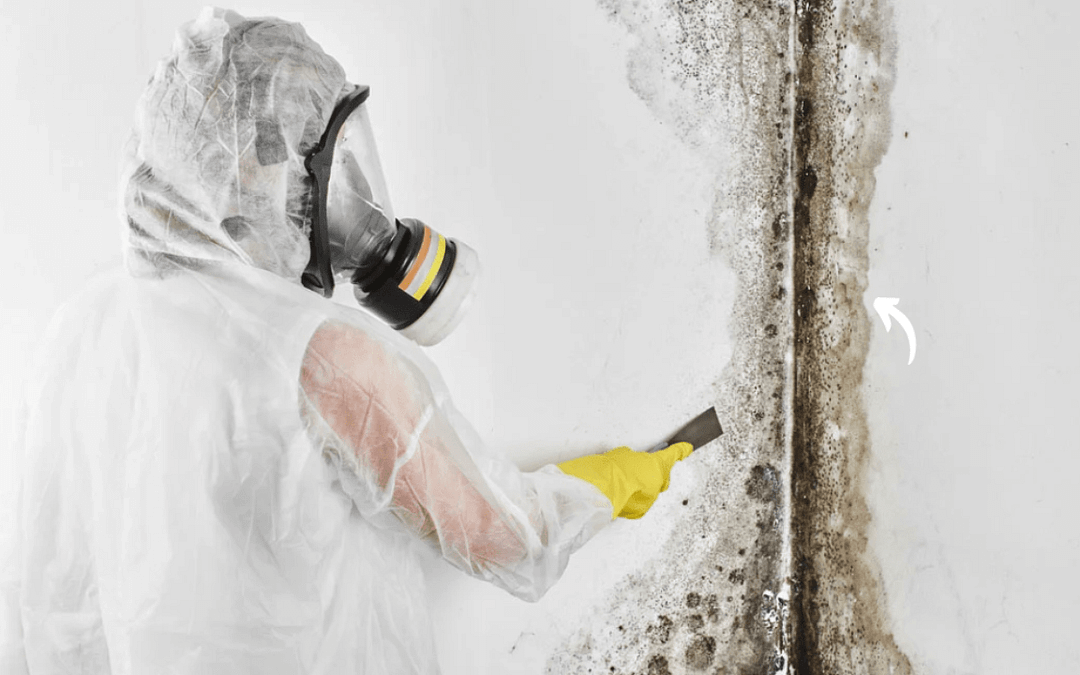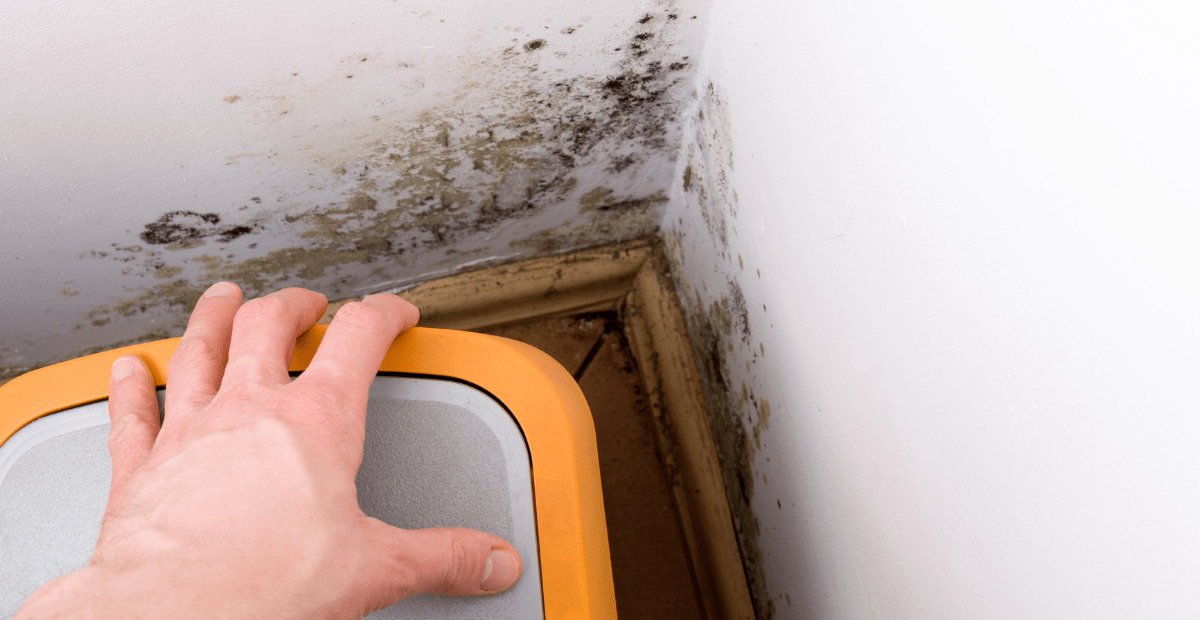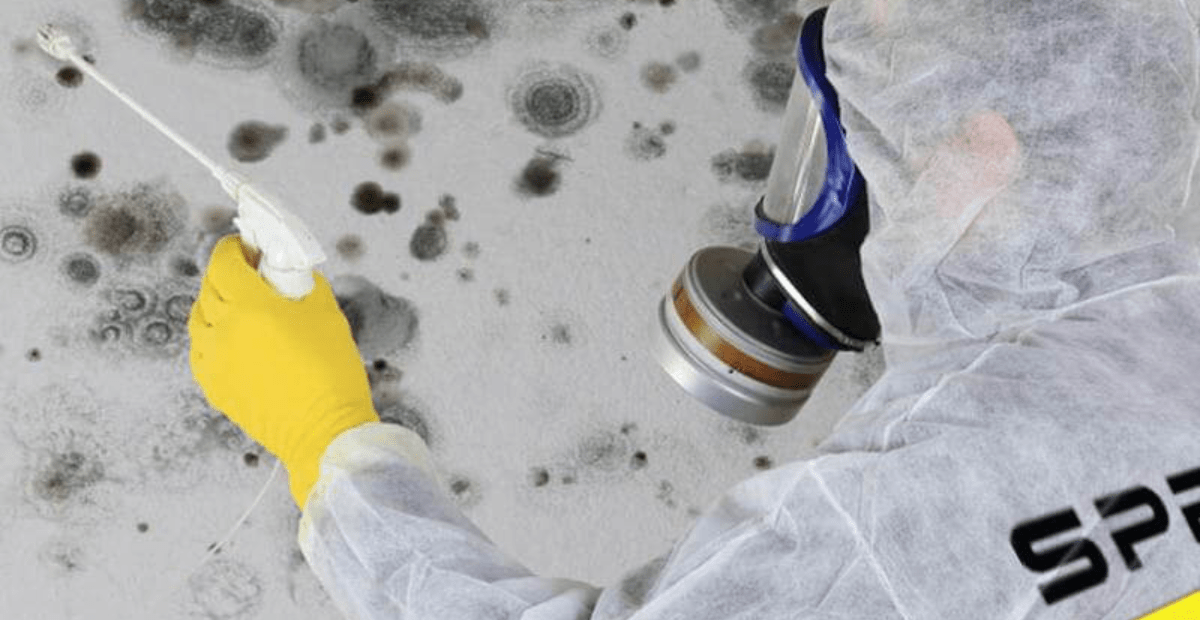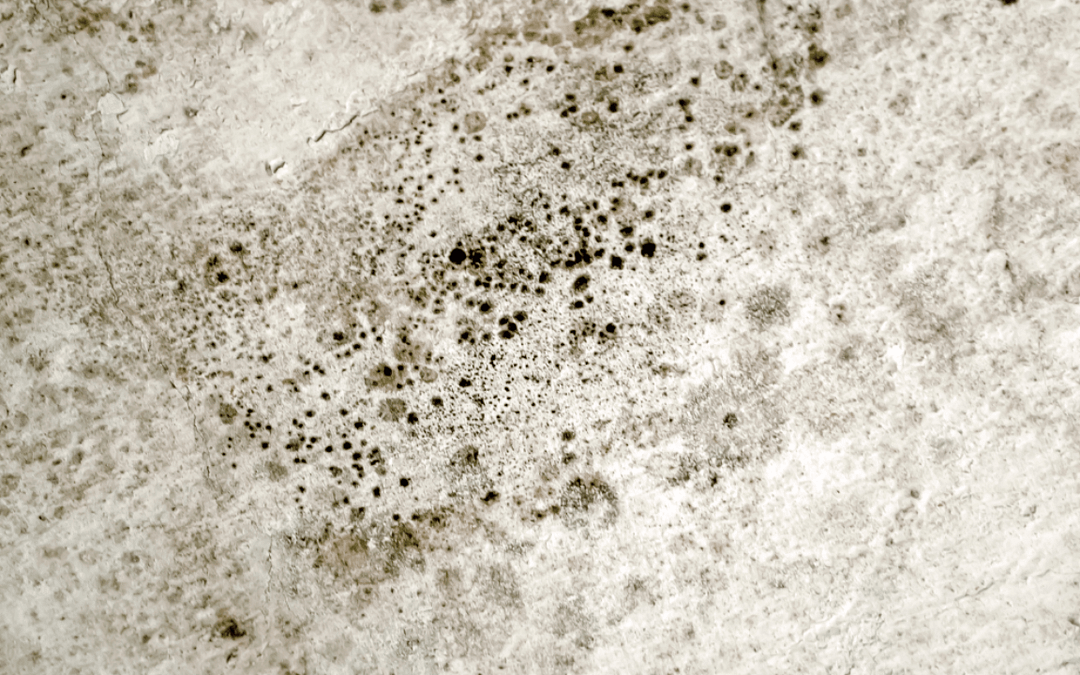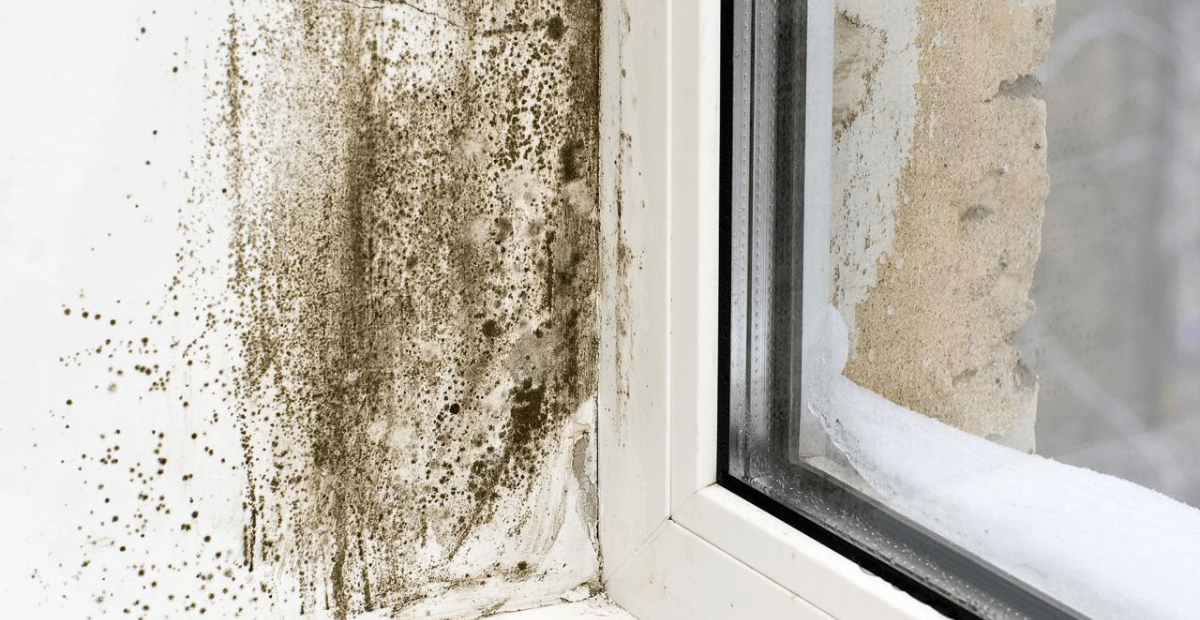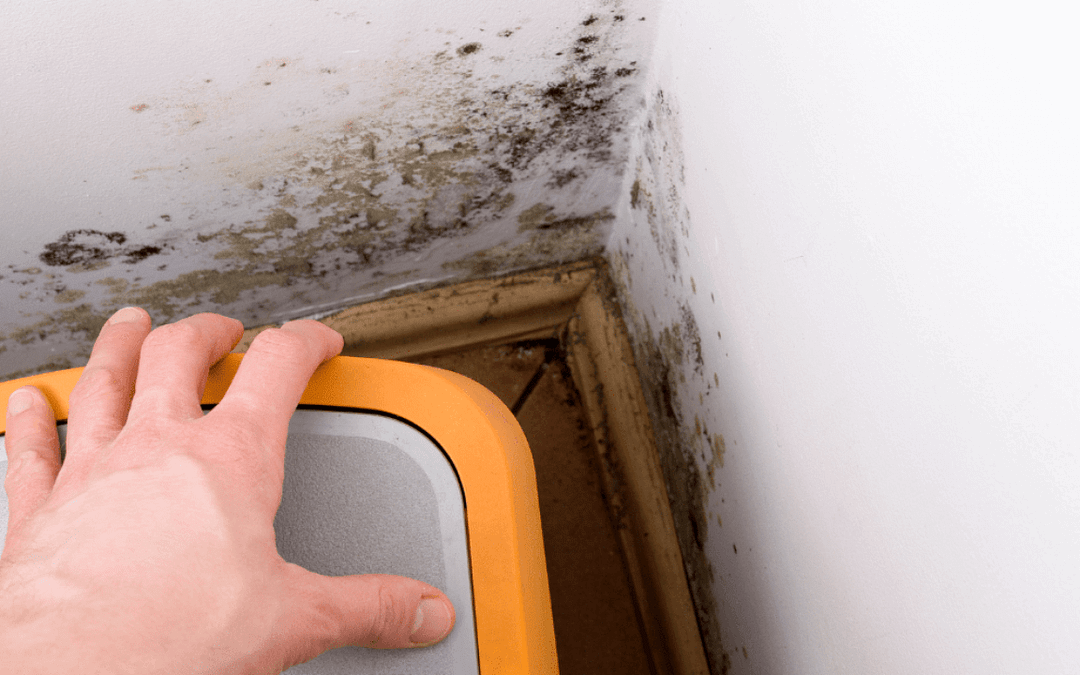
Breath of Fresh Air: Superior Indoor Air Quality with SpreadX
SpreadX, a beacon of innovation in the realm of indoor air quality solutions. In today’s world, the air we breathe indoors has never been more critical. With the majority of our time spent inside, ensuring the air in our homes and workplaces is clean and free of pollutants is essential for our health and well-being. This article dives into how SpreadX is revolutionizing our living spaces, promising a healthier, fresher environment for everyone.
The Importance of Indoor Air Quality
Health Benefits of Clean Air
Indoor air quality isn’t just about comfort; it’s a vital aspect of our health. The Environmental Protection Agency (EPA) suggests that indoor air can be two to five times more polluted than outdoor air. Poor quality of indoor air can lead to a range of health issues, from allergies and asthma to more severe respiratory diseases. Conversely, clean air can enhance cognitive function, improve sleep quality, and reduce sickness.
Economic and Environmental Impact
Investing in good indoor air quality goes beyond health; it’s also an economic and environmental consideration. Energy-efficient air purifying solutions like SpreadX not only lower energy consumption but also reduce the carbon footprint of your home. Moreover, improving indoor air quality can decrease healthcare costs over time by mitigating health risks associated with air pollution.
How SpreadX Improves Indoor Air Quality
Innovative Technology
SpreadX stands out through its cutting-edge technology designed to tackle a wide range of airborne pollutants. Unlike traditional purifiers that rely on standard filtration methods, SpreadX employs a multi-layered approach, combining HEPA filters with activated carbon and UV-C light technology. This trio effectively removes particles, odors, and microbes, ensuring that the air you breathe is purified to the highest standards.
Range of Products
SpreadX offers a variety of products to fit every need and space. From compact units ideal for personal spaces like offices and bedrooms to larger systems designed for whole-home purification, there’s a SpreadX solution for everyone. Each product is engineered with the user in mind, featuring smart technology that adapts to your environment and lifestyle.
Implementing SpreadX Solutions in Your Home
Step-by-Step Guide
Incorporating SpreadX into your home is straightforward. Start by assessing your space with the help of mold inspection specialist to determine the best product for your needs. Installation is a breeze, with most units simply requiring a power source to get started. For whole-home systems, professional installation ensures optimal placement and efficiency.
Tips for Optimal Use
To maximize the benefits of SpreadX, regular maintenance is key. Replacing filters as recommended ensures your unit operates at peak efficiency. Additionally, consider using smart features available in many SpreadX products, like air quality monitoring and automatic adjustments, to maintain optimal indoor air quality without lifting a finger.
Comparing SpreadX With Other Air Quality Solutions
When it comes to improving the quality of air, SpreadX stands out for its innovative approach and superior performance. Unlike other solutions that might address only particulate matter or odors, SpreadX tackles a comprehensive range of air quality issues. User testimonials praise SpreadX for its effectiveness, ease of use, and noticeable improvement in air quality, underscoring its position as a leader in the market.
The Future of Indoor Air Quality with SpreadX
SpreadX is not resting on its laurels. With a commitment to innovation, the company is continuously working on new technologies and improvements to further enhance air quality. SpreadX’s dedication to health and the environment promises a future where clean air is accessible to everyone, making it an invaluable ally in our quest for healthier living spaces.
Conclusion
In our quest for healthier indoor environments, SpreadX emerges as a pivotal solution to air quality concerns. Its innovative technology, range of products, and commitment to sustainability make it a wise choice for anyone looking to improve their quality of indoor air. As we continue to spend more time indoors, the importance of the air we breathe cannot be overstated. With SpreadX, a breath of fresh air is more than a metaphor—it’s a reality.



